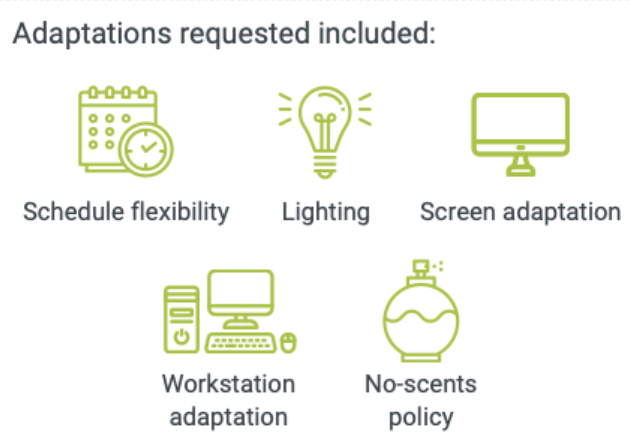
'We need to raise awareness about how disabling it can be, and its impact on the workplace,' says expert

When talking about a migraine, it’s not always “just a headache,” according to one expert.
“Migraine is heavily stigmatized,” says Wendy Gerhart, executive director, Migraine Canada, in talking with Human Resources Director.
And this Migraine Awareness Month, employers should properly recognize it for what it is, she says: a neurological disease.
While some workers suffering from a migraine can carry on with their day-to-day functioning, others will suffer more, she says.
“Migraine – because it is a spectrum disease – in some cases, it is just a headache… But for most, it is not. And we really do need to create and raise awareness about how disabling, impactful it can truly be, and what its impact on the workplace is.”
Only one in five bosses consider a migraine or headache a serious enough excuse to miss work, according to a previous report.
Meanwhile, a Migraine Canada study in late 2021 found that 62% of workers with migraine disclosed their condition to their employer because it had an impact on their work. But 43% did not disclose their condition even though it had an impact on their work performance because they were concerned about the consequences.
And it seemed employers are not doing enough to help out workers with migraines. According to the same study, less than a third (32%) of employers with migraine asked for accommodation at work.

Source: Migraine Canada
However, among these workers, 31% said their accommodations requests were accepted only after they submitted to their employer a medical letter.
Over one in five (22%) did not have their accommodation requests granted at all.
With migraine, “productivity is impacted,” says Gerhart.
“It can have an impact on employees' abilities to operate at their highest capacity. It impacts absenteeism, and also presenteeism.”
And migraine is a costly problem for Canadians, she explains.
Citing one study, Gerhart notes, via an email to HRD: “The economic burden was highest among individuals severely impacted by chronic migraine, averaging $25,688.89 annually.
These expenses encompassed both direct costs (such as physician visits, physiotherapy, medications, etc.) and indirect costs (like missed workdays, reduced productivity while at work, disability payments, etc.). Even individuals experiencing less frequent migraine attacks incurred substantial economic losses.”
Another study found that those with four to seven migraine days per month “still faced an average annual migraine-related cost of $15,651.34 per patient, inclusive of both direct and indirect expenses”.
“Given that at least one percent of the Canadian adult population suffers from chronic migraine (equivalent to more than 250,000 Canadians aged 18 to 65), the cumulative direct and indirect costs associated with their migraines likely surpass two billion dollars annually, even if conservatively estimated at one-third of the costs observed in the Amoozegar study for patients attending headache clinics. This estimate may be an underrepresentation of the true economic impact,” she says.
Also, according to the World Health Organization (WHO) migraine is the first cause of years lived with disability (YLDs) in people under 50 years of age, and the third most common medical condition in the world, notes Gerhart.
Cannabis laws also give Canadian employers a headache, according to a previous report.
To help out workers with a migraine, it’s important that employers offer benefits packages that cover the right medication, says Gerhart.
“It's really important that new medications be included in those benefit packages so that patients are accessing them, getting the proper treatments that are new, effective, and have less side effects, and they're able to work out their fullest potential.”
Employers should also provide the necessary accommodations to workers, she says.
“There's an opportunity for employers to do their part and see what they can do to help their employees be the best that they can be. Because people with migraines don't want to be off sick. They don't want to go on disability.
“If you talk to anybody that lives with migraines… a lot of people [say], ‘I want to be at work. I want to be growing my career. But this disease has an impact on my life’.”